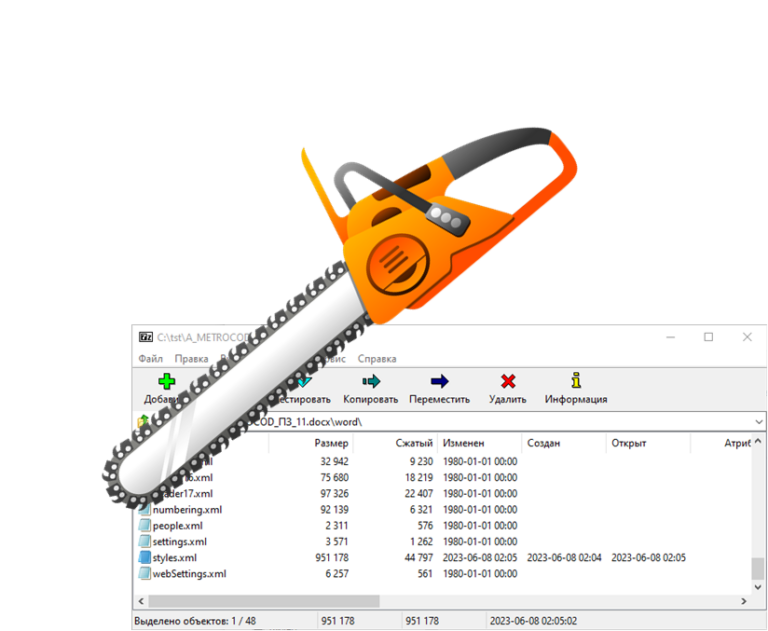Dad’s systemic, mom’s business analyst
But before we figure out how these branches of analysis can be combined in one analytics, let’s break down the fundamental differences.
Differences in the field of activity
Business analyst
A business analyst focuses on studying the business processes and needs of a company. It analyzes and documents customer and stakeholder requirements, identifies problems and proposes effective solutions. The business analyst works closely with business users, managers, and other stakeholders to understand their needs and ensure successful implementation of projects. He is also responsible for creating business models, defining software requirements, and preparing specifications for developers.
Systems Analyst
A systems analyst, on the other hand, focuses on analyzing the technical aspects of a system. He studies the current information infrastructure of the company, identifies its weaknesses and develops concepts for new systems or improvements to existing ones. The systems analyst works with technicians and developers to determine hardware and software requirements, ensuring that the system meets the company’s business needs. He is also responsible for modeling and optimizing business processes, risk analysis and developing a system implementation plan.
Differences in skills and methodologies
Business analyst
A business analyst must possess a wide range of skills, including a good understanding of business processes, analytical thinking, communication skills, and the ability to work with a variety of stakeholders. He often uses methodologies such as BPMN (Business Process Model and Notation) or UML (Unified Modeling Language) to model business processes and create requirements. The business analyst must be able to translate the requirements of the business into terms that the technicians can understand.
Systems Analyst
A systems analyst has technical skills such as knowledge of information systems, databases, networks, and software architecture. He works with various methodologies such as UML, ER-modeling (Entity-Relationship), CASE-tools (Computer-Aided Software Engineering) and other technical methodologies. The system analyst must have a deep understanding of the technical capabilities and limitations of the system in order to offer optimal solutions.
Contribution to the decision-making process
Business analyst
The business analyst plays a key role in the decision-making process by providing business users with insights and recommendations. It helps identify business needs, identifies problems, proposes alternative solutions, and evaluates their effectiveness. The business analyst also monitors compliance with requirements and interacts with development and test teams to ensure results meet business expectations.
Systems Analyst
The system analyst contributes to the decision-making process by proposing technical solutions and optimizing system processes. It analyzes technical requirements, predicts possible risks and obstacles, and identifies necessary changes in the architecture and infrastructure of the system. The systems analyst works closely with developers, testers, and other technical professionals to ensure that the project is delivered efficiently and meets business requirements.
Basic output
Business Analyst and Systems Analyst are two important roles in the field of analytics, with different areas of activity, skills and work methodologies. A business analyst focuses on analyzing business processes, identifying customer needs, and developing solutions that meet those needs. A systems analyst, in turn, specializes in technical analysis of information systems, process optimization and development of technical solutions.
Successful project implementation requires collaboration between business analysts and systems analysts. Business analysts provide insight into business needs and communication with stakeholders, while systems analysts ensure the technical implementation of these needs. Together, they contribute to effective decision-making, the creation of innovative solutions and the development of the company as a whole.
This is how it works, or rather, it should work. But here is what I learned from my personal experience.
The modern B2B industry increasingly requires flexibility and a comprehensive approach on the part of analytical professionals. While business analysts and systems analysts have different skills and tasks, a true professional must be able to combine these roles to effectively interact with a product or service, especially in the context of the banking industry. In this article, we will consider an example of a systems analyst in a bank who successfully combines the skills of a business analyst and a systems analyst to optimize the work processes of AWP (workstation) operators.
Bank Business Analyst
A business analyst in banking is responsible for analyzing business processes and customer needs. He works with business users and managers to define requirements and develop effective solutions. In the context of optimizing the work of workstation operators, the business analyst conducts interviews with operators, studies current processes and identifies possible optimization points. Based on the received data, he develops proposals for improving the work process of operators, taking into account business needs and requirements.
Bank system analyst
A systems analyst in the banking sector focuses on the technical side of projects and system solutions. He studies the information infrastructure of the bank, analyzes its weaknesses and develops concepts for new systems or improvements. In the case of optimizing the work of automated workplace operators, the system analyst conducts a technical analysis of the existing system, identifies its limitations and proposes technical solutions to improve the process. It may propose changes to the system architecture, optimize databases, or develop additional functionality that will improve the productivity and efficiency of workstation operators.
The Role of the Hybrid Analyst
However, a true professional in B2B analytics, especially in the banking industry, must be able to combine the skills and tasks of both professions – a business analyst and a systems analyst. A hybrid analyst, in this case, can be a person who not only interviews AWP operators to identify points of improvement, but also has a technical understanding of the bank’s information systems and is able to offer specific technical solutions to improve the work process.
An example of a systemic (actually hybrid) analyst in a bank
Let’s say a bank has a problem with the process of processing client requests that needs to be optimized. The hybrid analyst, who combines the skills of a business analyst and a systems analyst, begins by interviewing workstation operators to understand which tasks require more time and effort, and what problems they face in performing their duties. It also analyzes the current information system, including the database, user interface, and integrations with other systems.
Based on the collected data, the hybrid analyst reveals that AWP operators spend too much time on routine tasks, such as searching for customer information in different systems or filling in repetitive fields on tickets.
It offers a solution in the form of automating some processes using robotic process automation (RPA) and creating a consistent interface for accessing customer information.
Thus, the hybrid analyst not only identifies optimization points in the workflow of the operators of the workstation, but also suggests specific technical solutions that will help improve the productivity and efficiency of the operators. It is able to combine business needs with technical implementation, ensuring a harmonious interaction between the business and IT sides.
Hybrid Analyst Benefits
Combining the skills of a business analyst and a systems analyst in one professional brings a number of advantages in the B2B sphere:
Deep understanding of business processes: A hybrid analyst has a broad view of business processes and is able to identify customer needs. He can analyze data and build relationships between different aspects of the business, which helps him better understand and present system requirements.
Technical expertise: The hybrid analyst has an understanding of the information systems and technologies used in a particular area. This allows him to offer specific technical solutions, taking into account the possibilities and limitations of the existing infrastructure.
Closing communication gaps: The hybrid analyst is the bridge between business users and IT professionals. He speaks both “languages” and is able to communicate effectively with both parties, eliminating potential misunderstandings and closing communication gaps.
Holistic Product Vision: A hybrid analyst has the ability to view a product or service from multiple angles, both business and technical. This allows him to make more informed and balanced decisions, considering both sides of the coin.
Conclusion
In conclusion, despite the division between a business analyst and a systems analyst, a true B2B professional must have the skills of both professions and be able to combine them within the product with which he works. A hybrid analyst with a deep understanding of business processes and technical expertise is a valuable asset to an organization.
As a result, a hybrid analyst who combines the skills of a business analyst and a systems analyst can bring great value to the company. His ability to analyze business processes, propose technical solutions, provide effective communication and have a holistic vision of the product allows him to successfully solve complex problems and contribute to the achievement of business goals.





